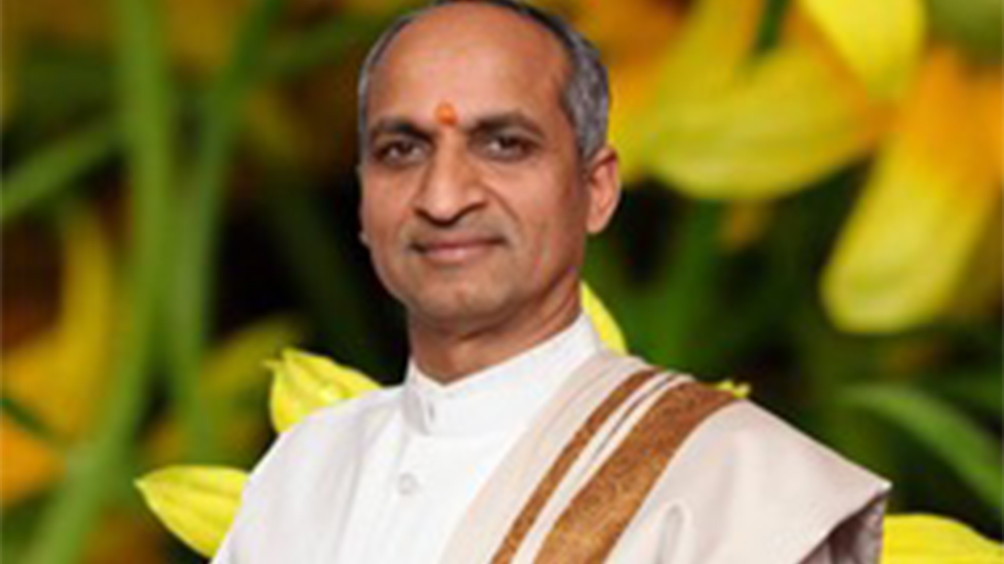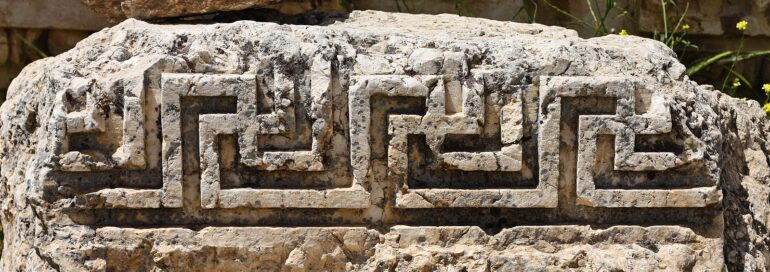Recent incidents of anti-semitism in the Toronto area have put new focus on the image of the swastika.
In the Western world, the swastika is synonymous to fascism, but in the ancient Indian language of Sanskrit, the symbol means well-being and good luck.
In early March there were incidents in York Region at Newmarket High School and Huron Heights Secondary School.
York Region District School confirmed that several images of antisemitism and anti-Black racism were found in two schools in Newmarket, Ont.
Cecil Roach, associate director of education for the York Region District School Board, at the time confirmed the incident in a letter to parents.
“In the secondary schools, images of a swastika and the N-word were etched in bathroom stalls, and in the elementary school, a swastika was drawn on an interior door,” he said.
Roach said the school was investigating in hopes of identifying the “wrongdoers” and holding them to account.
There were also incidents in Toronto including at Charles H. Best Middle School on Wilmington Avenue near Dufferin Street and Finch Avenue West.
Elever Baker, the principal at that school, sent a letter to parents and informed them that two students had shown swastikas and performed a Nazi salute in front of their classmate.
The two incidents have many people shocked and alarmed.
“It’s really a sense of distorting and minimizing the seriousness of the genocide that was carried out during the National Socialist era,” said Carson Phillips, the managing director of the Neuberger Holocaust Education Centre in Toronto.
The swastika has been used by religions around the world such as Hinduism, Buddhism and Jainism for centuries, and is commonly assumed to be an Indian sign to attract fortune.
“When we start anything new we put the symbol Swastika, to let the good vibrations come to our place and the prayers we are doing spread out good vibes to all the sides,” said Hindu priest Acharya Surinder Sharma Shastri from the Hindu Heritage Centre in Mississauga.
How did it become the Nazi symbol?
The swastika became the most recognizable symbol of the Nazi party, appearing on the flag referred to in Adolf Hitler’s autobiography, Mein Kampf.
When Hitler began his rise to power, he looked for a symbol to attract a strong future for Germany, so the swastika became the clear choice.
“I myself, meanwhile, after innumerable attempts, had laid down a final form; a flag with a red background, a white disk, and a black swastika in the middle,” wrote Hitler.
The black straight-armed originally called Hakenkreuz, which means hooked cross, on the white circle and red background of the Nazi flag has become the most hated symbol of the 20th Century.
“So how did this happen? How is it that something which is called the hooked cross came to be called the swastika?” said McGill University professor in Comparative Religion Arvind Sharma.
Sharma told Humber News that it all started when Mein Kampf was translated to English by Christian pastor James Murphy in 1939.
“A speculation is that in the beginning, Hitler was considered a good guy. He had just risen to power in Germany and was seen as bringing order to chaos. But by 1939, he had become a sinister figure, and because of that, the association of the Christian cross with him became a Christian embarrassment.”
“So they deflected that by using the word ‘swastika’ to name the symbol. It did two things in one stroke, it took the blame away from Christianity and cast it on Hinduism,” he said.
Hitler’s regime enacted a “systematic, state-sponsored persecution and murder of six million European Jews by the Nazi German regime and its allies and collaborators,” the U.S. Holocaust Encyclopedia says.
The swastika was banned in Germany at the end of the war, where it remains illegal.
But the swastika remains a feature of worship in many religions, being seen everywhere in parts of the Indian subcontinent – from temple entrances to the front of taxis.
“Basically, it’s a mischaracterization,” Sharma concluded.


